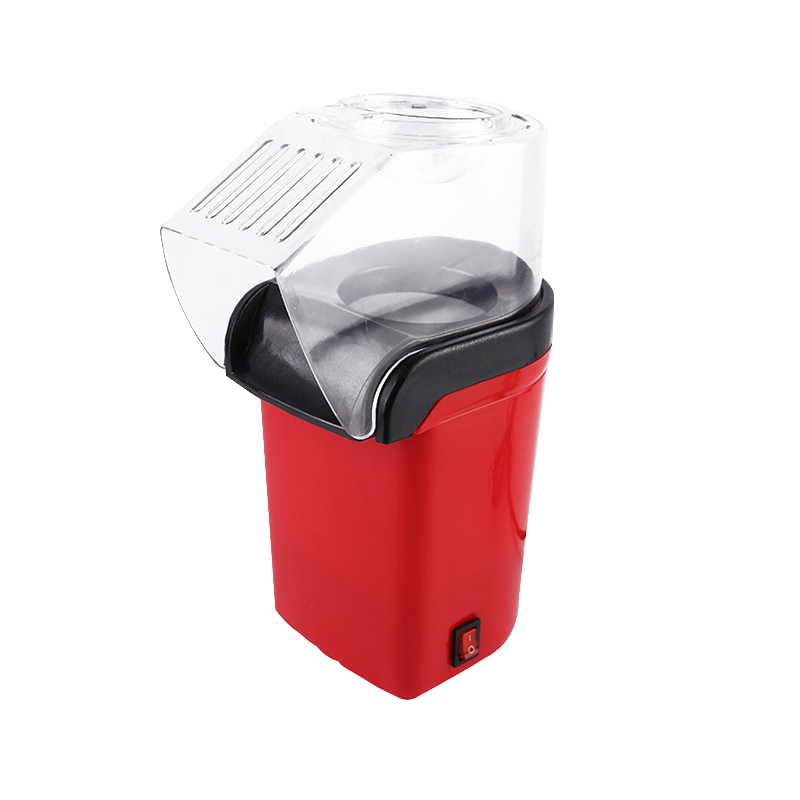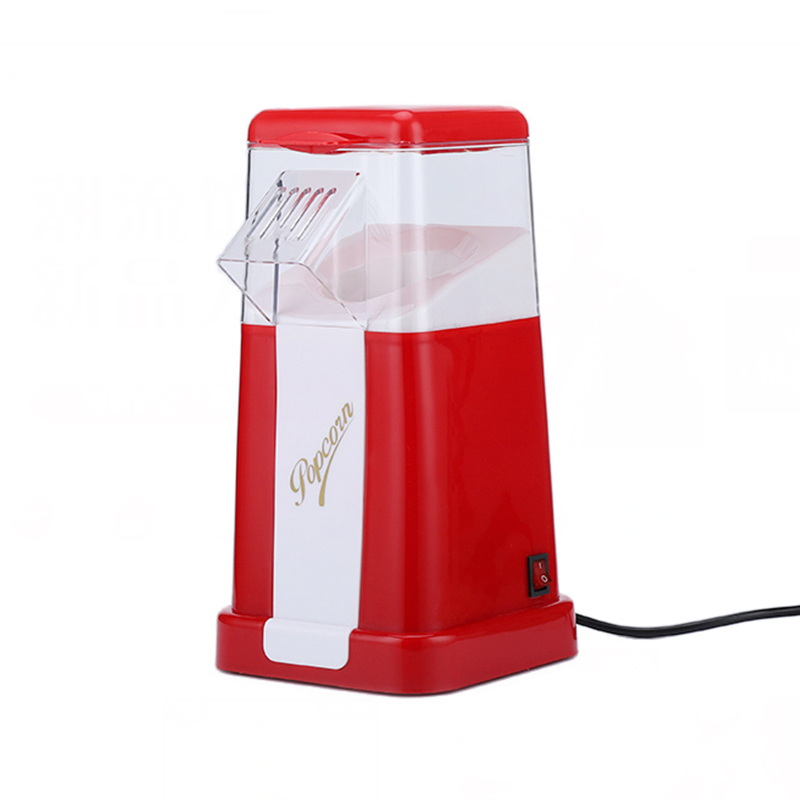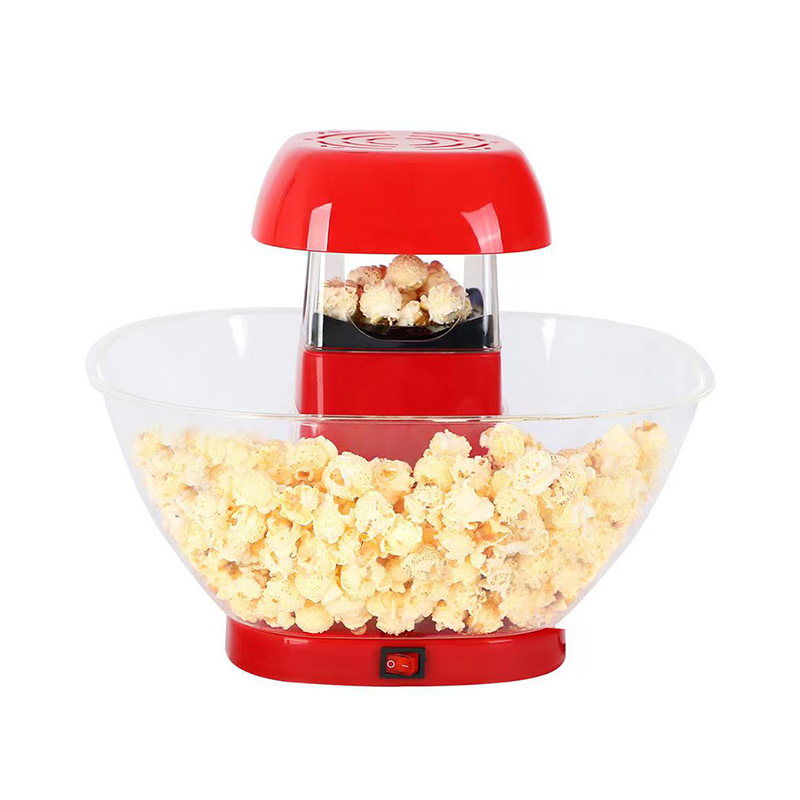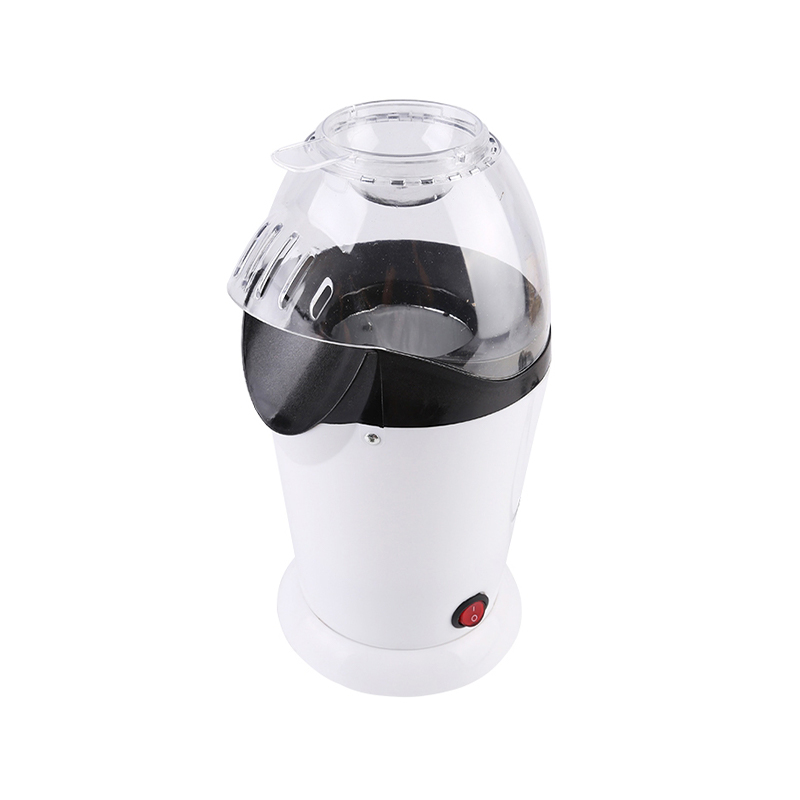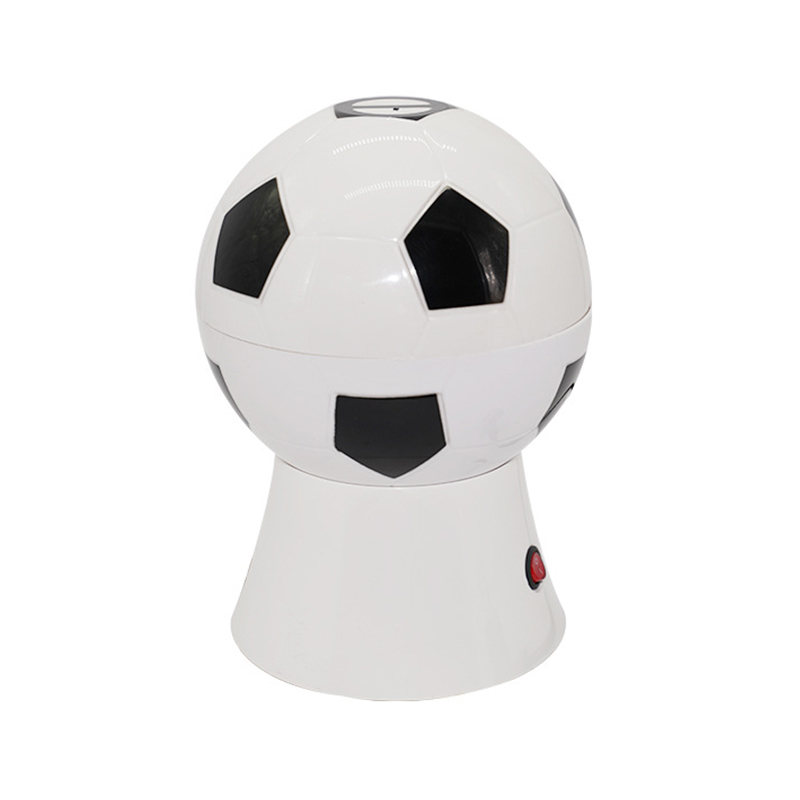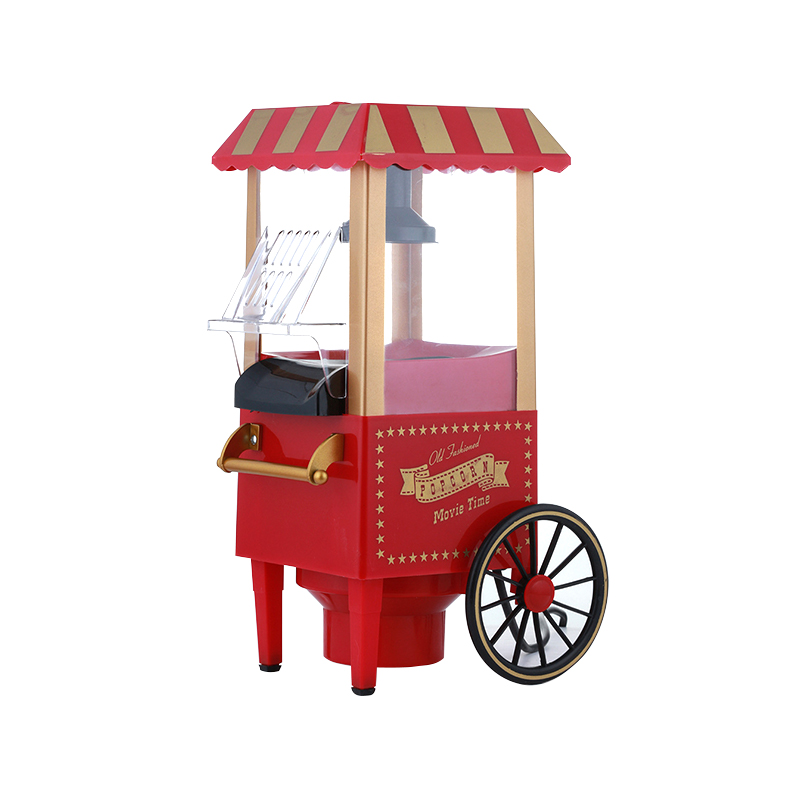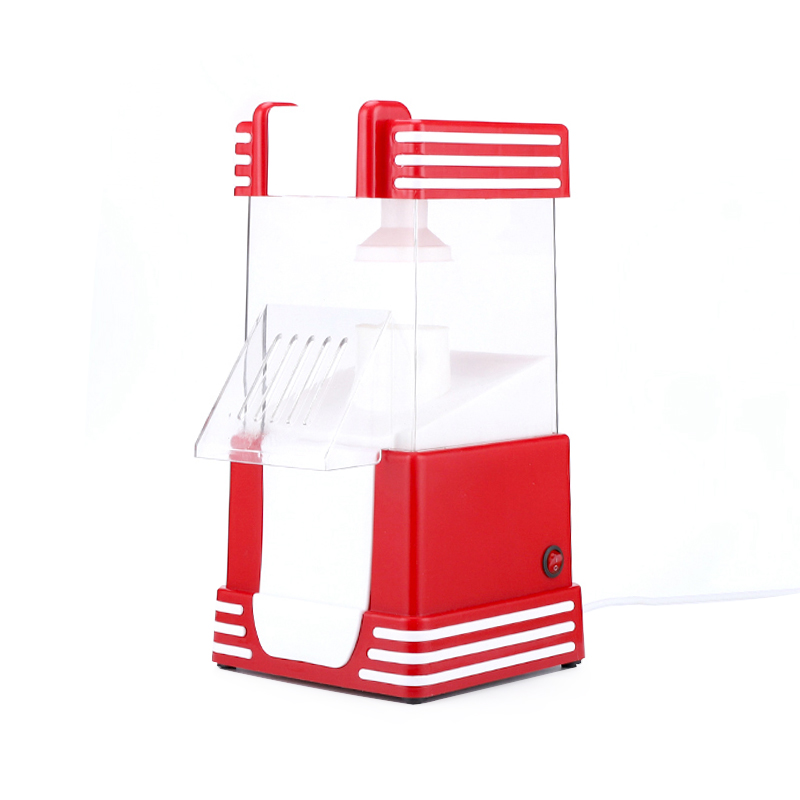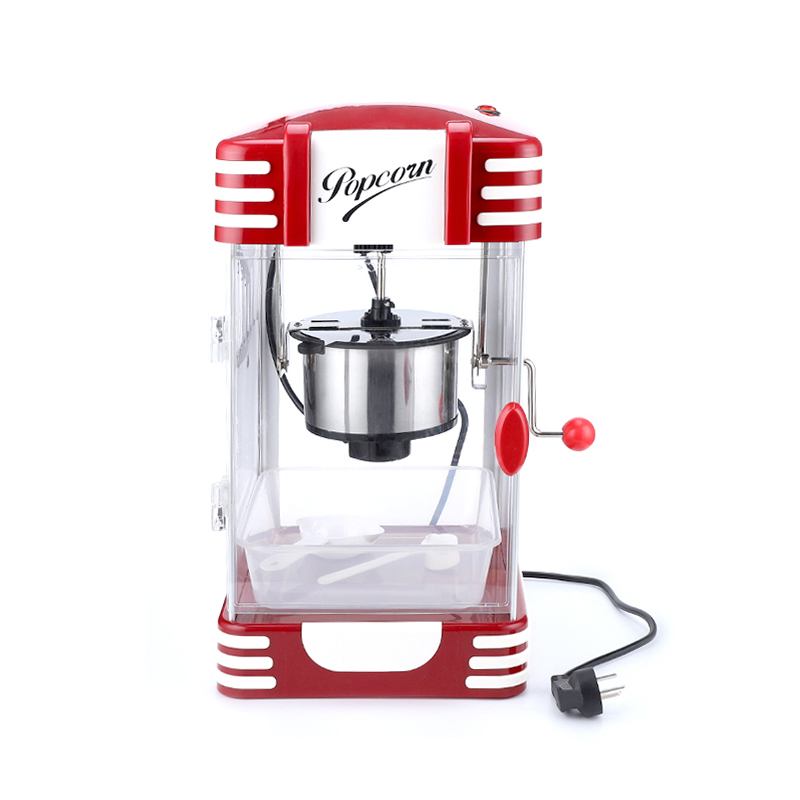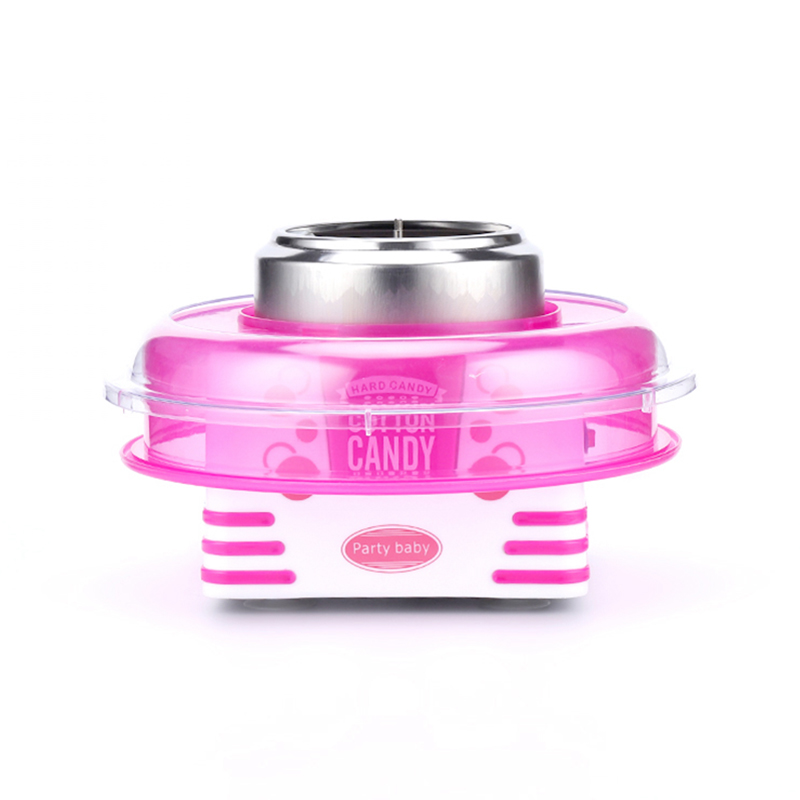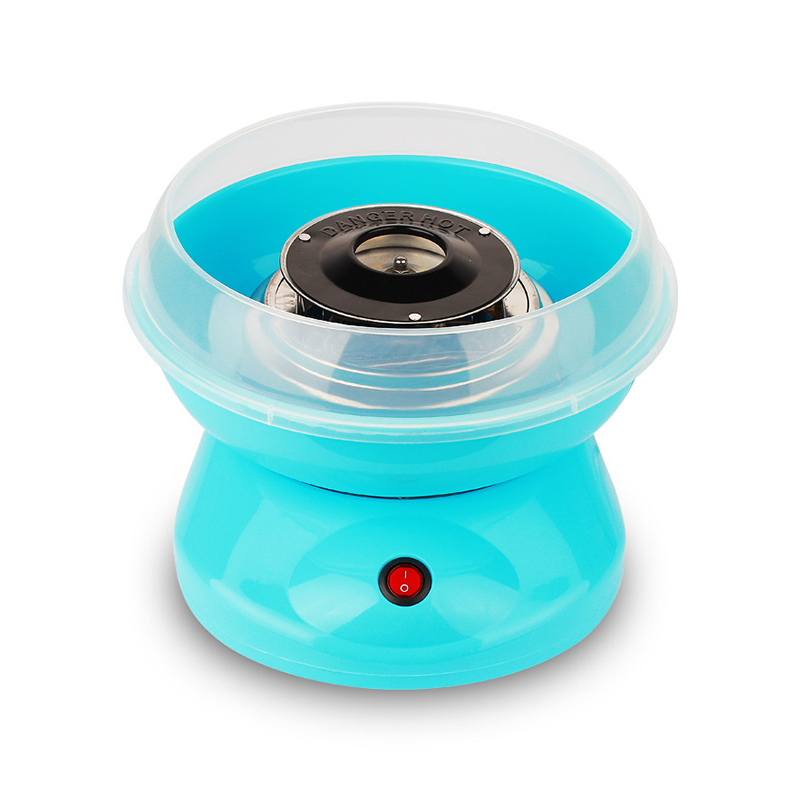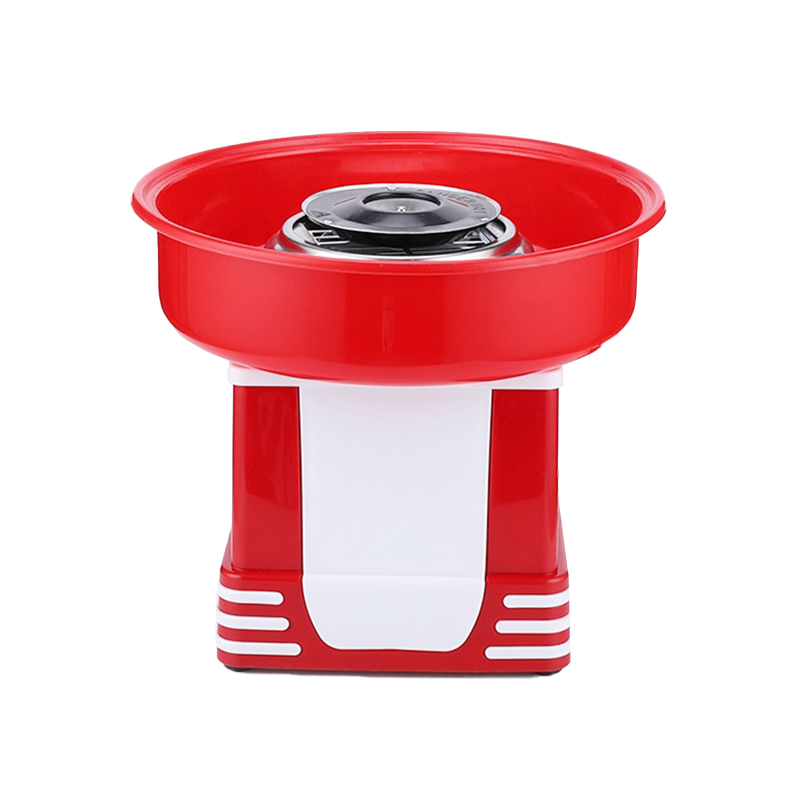The Ice Cream Machine is engineered to handle a wide array of ingredients, making it versatile enough for both traditional and alternative recipes. Non-dairy bases (such as almond, coconut, oat, or soy milk) and sugar-free alternatives (like stevia, erythritol, or monk fruit) behave differently from conventional dairy-based or sugar-sweetened mixtures. The machine features specialized mechanisms that allow these ingredients to be properly incorporated into the ice cream base. It may have preset programs or customizable settings that optimize the freezing and mixing process for these alternative ingredients, ensuring that even the most delicate bases do not suffer from separation, curdling, or improper texture.
Non-dairy milks and sugar substitutes have varying properties compared to traditional dairy, especially in terms of freezing points and consistency. Non-dairy bases contain less fat, which can lead to a less creamy texture when frozen. Sugar-free alternatives, depending on the type of sweetener used, can also impact the freezing point and texture due to differences in their molecular structure. To address this, the Ice Cream Machine typically incorporates an adaptive freezing system that adjusts based on the ingredients' unique freezing characteristics.
Achieving the right balance of creaminess and smoothness is one of the most significant challenges when making non-dairy or sugar-free ice cream. Many plant-based milks, such as almond or coconut milk, have a lower fat content than dairy milk, which results in a less rich mouthfeel. The Ice Cream Machine addresses this challenge by using an efficient aeration system that incorporates air into the mixture while freezing. This process, known as overrun, helps achieve the creamy texture typically associated with ice cream. The machine may use temperature adjustments to control the rate of freezing and the incorporation of air, ensuring that non-dairy or sugar-free bases achieve a rich, smooth consistency that mirrors the texture of traditional dairy ice cream.
Sugar substitutes such as stevia, erythritol, xylitol, and monk fruit have distinct properties compared to traditional sugar. These substitutes can behave differently during the freezing process, often resulting in harder, more crystalline textures or altering the flavor profile. The Ice Cream Machine is designed with features that accommodate these specific properties. It may include custom programs or settings to adjust freezing times, aeration levels, and mixing speeds. This ensures that sugar-free ice cream does not become excessively hard or overly icy, a common issue when using certain sugar substitutes. Some machines may also adjust the temperature to prevent crystallization, leading to a smoother, more desirable texture.
To provide greater flexibility, many modern Ice Cream Machines include customizable settings tailored for specific ingredient types. Users can select options such as "non-dairy," "sugar-free," or "soft-serve," which adjust the machine’s operation to suit the unique freezing and churning requirements of these ingredients. This functionality is particularly beneficial for commercial users who need to produce a variety of ice cream flavors using non-dairy or sugar-free components. By offering preset programs or allowing the user to manually adjust the freezing and churning times, the machine ensures that each batch is optimized for the ingredients used, preventing inconsistencies in texture or flavor.
For users who wish to incorporate additional mix-ins (such as chocolate chips, fruit pieces, or nuts) into their non-dairy or sugar-free ice cream, the Ice Cream Machine includes a feature to smoothly integrate these ingredients without disrupting the texture of the base. Non-dairy and sugar-free mixtures can sometimes be more sensitive to changes in composition, so the machine may have a timed mixing function to ensure that solid ingredients are incorporated evenly throughout the mixture without interfering with the final product’s creaminess.




